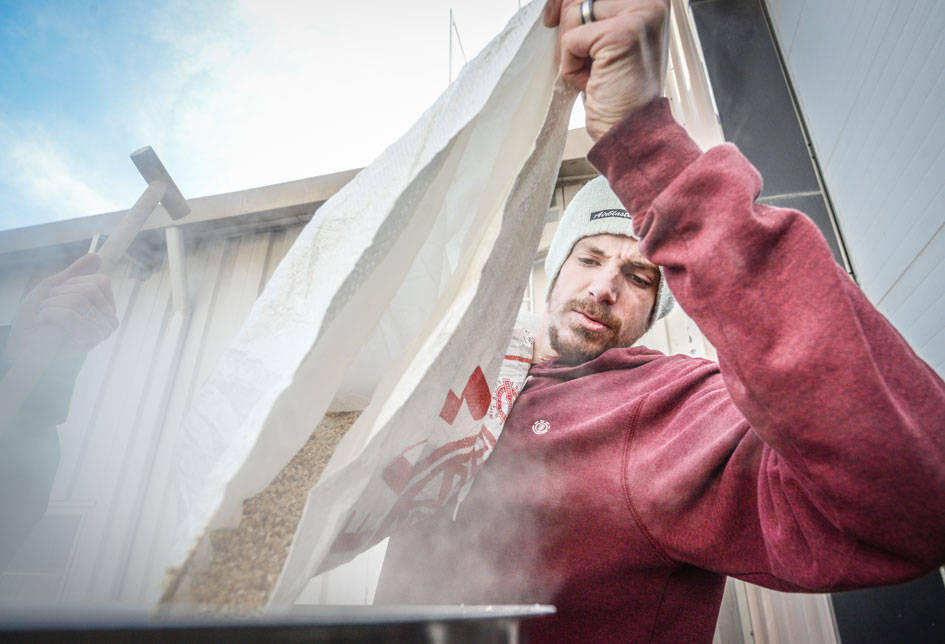
Test yourself on the biochemistry of your mash in this week’s Tuesday Beer Trivia.
For this Tuesday Beer Trivia, you’ll want to head over to our seminar recordings section to check out Larry Horwitz’s presentation from Homebrew Con 2013 on Biochemistry of the Mash. Not a member? Join the AHA now to access years of seminar recordings covering anything from biochemistry to alternative fermentations to recipe development.
After you take the Beer Trivia quiz below, scroll down to “Beer Trivia Answer Explanations” section to learn more about the biochemistry of the mash.
[polldaddy type=”iframe” survey=”AB8BAB0B5BDAE0DF” height=”auto” domain=”2491351″ id=”beer-trivia-example-35″]
Beer Trivia Answer Explanations
Click To Expand
The following explanations were taken from “Biochemistry of the Mash,” a seminar taken from the 2013 Homebrew Con presented by Larry Horwitz.
Question 1: There are complex and simple carbohydrates. In brewing, they provide the yeast with energy, which is why it is so important to break down those complex carbohydrates into fermentable sugars.
Question 2: Hexose is the simplest sugar in brewing. It is the building block of other sugars and starch. Monomers generally exist in different forms, but in brewing we are usually referring to Beta-D.
Question 3: Each enzyme has a bunch of amino acids strung together in a chain that is held together by charges. Each is folded in a particular way to attach to a particular substrate that then binds together or is broken down. In the case of beer, we are breaking down starches with enzymes.
Question 4: Polysaccharide starches are stored in granules and insoluble in water. Natural starches are generally a mixture of amylose (10 to 20%) and amylopectin (80 to 90%), which are the most dominant starches in barley. Hydrolysis breaks down these dominant starches.
Question 5: A significant amount of protease doesn’t make it out of the kiln. Protein-reducing enzymes are probably not in the malt you buy in any large quantities.





Share Post